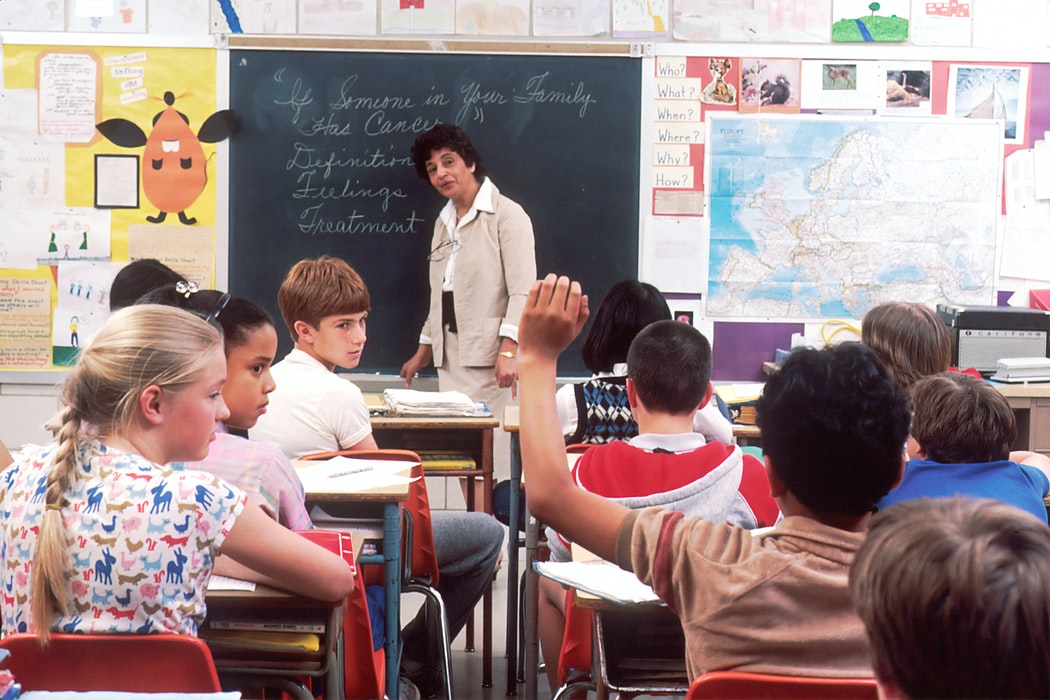Teaching is one of the great joys in life, however, sometimes it isn’t easy. There are many different types of teaching strategies, but each student learns differently. That’s why it’s important for teachers to employ a range of different strategies and tools to connect with their students, but also help them all learn in a unique way.
Finding effective classroom strategies isn’t about implementing a one size fits all process. Instead, it’s about spending the day using different strategies that will get the best out of your students.
Working out different types of teaching strategies may sound like more work, however, strategies should be seen as tips that can get the best out of students. Odds are that you’re probably using some of the most effective strategies already.
6 Teaching Strategy Tips
From using visual aids to adding elements of technology into the learning process, teaching strategies do vary. Teachers don’t have to have a range of 20 strategies up their sleeves. Rather, they should adopt the strategies that suit their teaching style.
By diversifying how you teach, more students are given the opportunity to grasp different concepts. This is especially true since not every individual learns the same way. So, instead of spending the day teaching in one style, mix it up a little and your students will thank you.
-
Implement enquiry-based learning
Utilising this strategy in the classroom is as simple as asking students thought-provoking questions. They can be either fact-based questions or questions that make students express their unique views.
By asking questions of your students, rather than just giving them the answer, you are inspiring them to think independently while also encouraging elements of creativity in the thought process.
-
Utilise visual aids
Dense subjects like history or scientific principles can be hard to convey with just words. By using visual aids like pictures and diagrams, seemingly dull subjects can be brought to life, helping students understand them better.
-
Integrate technology
Technology engages people. It allows students to learn visually while also letting them actively participate in the learning process. By using an interactive whiteboard or letting the pupils use tablets or computers, students become engaged with their learning.
-
Try to model as you teach
Modelling as you teach requires using multiple examples in order to help students grasp a topic. For example, if you’re teaching a math problem, write out various equations and show how the principle applies. Modelling is one of the great skills of a mathematics teacher.
By modelling how you use the principle you are trying to teach, the students are getting real-time examples. This helps kids as they try to better grasp and then implement the lesson in their work. Modelling is a great type of instructional teaching strategy.
-
Set goals
Setting goals is a great way to help more literal students understand exactly what the task is, what they need to learn and how they need to implement these learnings. This gives clarity, letting the student know exactly what is expected of them in order to be successful.
-
Offer feedback
It can feel easier just to give feedback on assessment tasks. However, offering written and verbal, individual and group feedback, is important. By offering feedback to everyone, you are helping students learn, as well as helping yourself work out what is and isn’t working.

